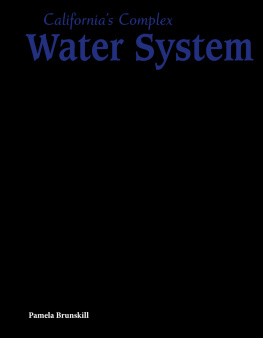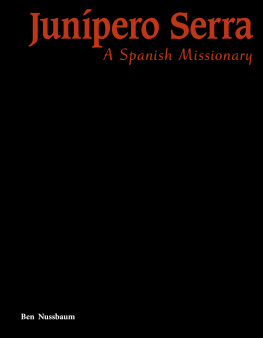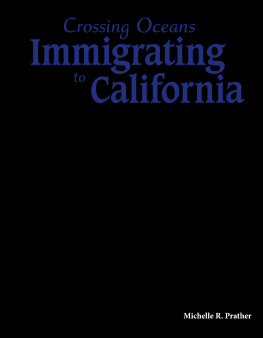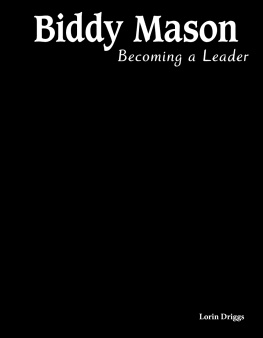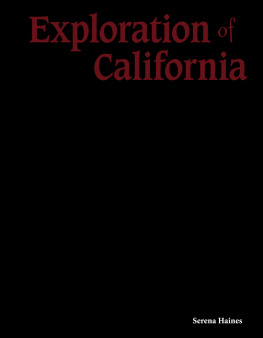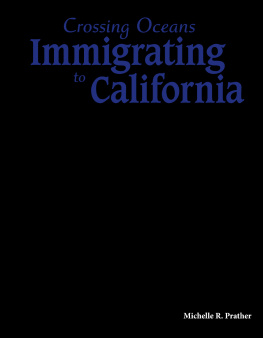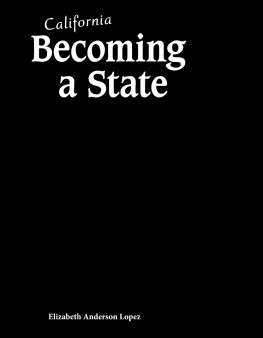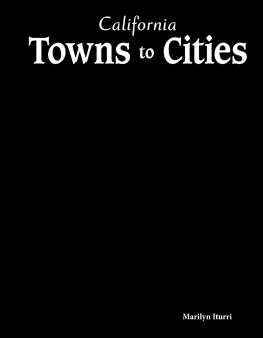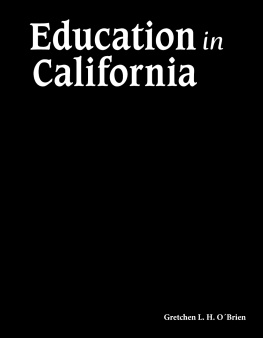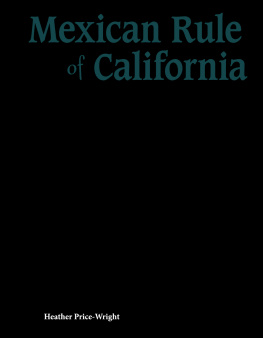The Reclamation Act In 1902, the Reclamation Act was approved. The law formed a government agency. This group's goal was to help private farmers meet their water needs. But it did not help the people in Owens Valley.
Far-Reaching Friendship Eaton was Mulholland's boss when t hey both worked for a water company in Los Angeles. Mulholland began as a ditch cleaner. Mulholland impressed Eaton with his work ethic. In turn, Eaton helped him move up in the co mpany. Fred Eaton William Mulholland1111page0011page0011.xhtmlThe Los Angeles Aqueduct In 1905, Mulholland and Eaton got their way. Plans for an irrigation system in Owens Valley were dropped. And an aqueduct was approved. In 1908, work began on the aqueduct. It would bring the water 200 miles (322 kilometers) south. The water would come to Los Angeles. Water flowed all the way to the San Fernando Valley. The Los Angeles Aqueduct was built to supply water for millions of people. It allowed for huge growth. Explosive Reaction Back in Owens Valley, people were mad over the sale of their water. Things got worse when their farms were drained. Their land used to be lush and green. But it soon became dry and brown. They showed how mad they were. In 1924 and 1927, protestors blew up parts of the aqueduct. These men study dynamite found after an explosion at the aqueduct.1212page0012page0012.xhtml "Take it! " In 1913, the L.A. Aqueduct was the largest aqueduct in the world. During the dedication ceremony, Mulholland pointed to water flowing out of it. He told the crowd, "There it is. Take it! " A group of men help build the aqueduct.1313page0013page0013.xhtmlThe Water Wars California's water system uses pipes, tunnels, canals, dams, and pumping plants. It spans remote areas of the state. The system brings jobs to these areas. With such a large setup, the system affects many people. It creates many viewpoints. Owens Valley was not the only time people argued over water rights. It was just the start. North vs. South The water wars are usually described as Northern versus Southern California. Most of the water in the state is located in the north. But people in the south use most of the water. People who live in the north are concerned. They fear the state favors bringing their water to people and businesses in the south. People in the south claim that they need water to survive and for the state to thrive.
California Crops People in the United States rely on California's crops. The state is the leading producer of grapes, lettuce, avocados, tomatoes, and strawberries. Nuts are big business for many farmers. Almost all of the country's almonds, pistachios, and walnuts are grown in California. grapevines in Northern California lettuce in Southern California1414page0014page0014.xhtmlNorthern California Average Inches of Rain Per Year Southern California Average Inches of Rain Per Year1515page0015page0015.xhtmlThis photograph shows the beauty of the valley before the dam was built. Each region has a point. The fight is about where the water is and where it is needed. And water wars are not just between the north and the south. At the turn of the twentieth century, San Francisco was growing fast. It needed more water. So the city looked east. Hetch Hetchy Valley Hetch Hetchy Valley is in Yosemite National Park. It has granite cliffs and two of North America's tallest waterfalls. American Indians have lived there for 6, 000 years. The valley is a natural gem.1616page0016page0016.xhtmlSome people wanted to build a dam in Hetch Hetchy to create a reservoir for the city. How much would it cost to get the water? In this case, cost was not about money. There was a huge cost to the environment. Building a dam would devastate the valley. Cutting down all the trees and flooding the valley would destroy the plants and animals.
Pricey Water After the Gold Rush, San Francisco had to buy water to meet the needs of its people. At the time, it cost $1 a bucket. That is about $26 per bucket today!

